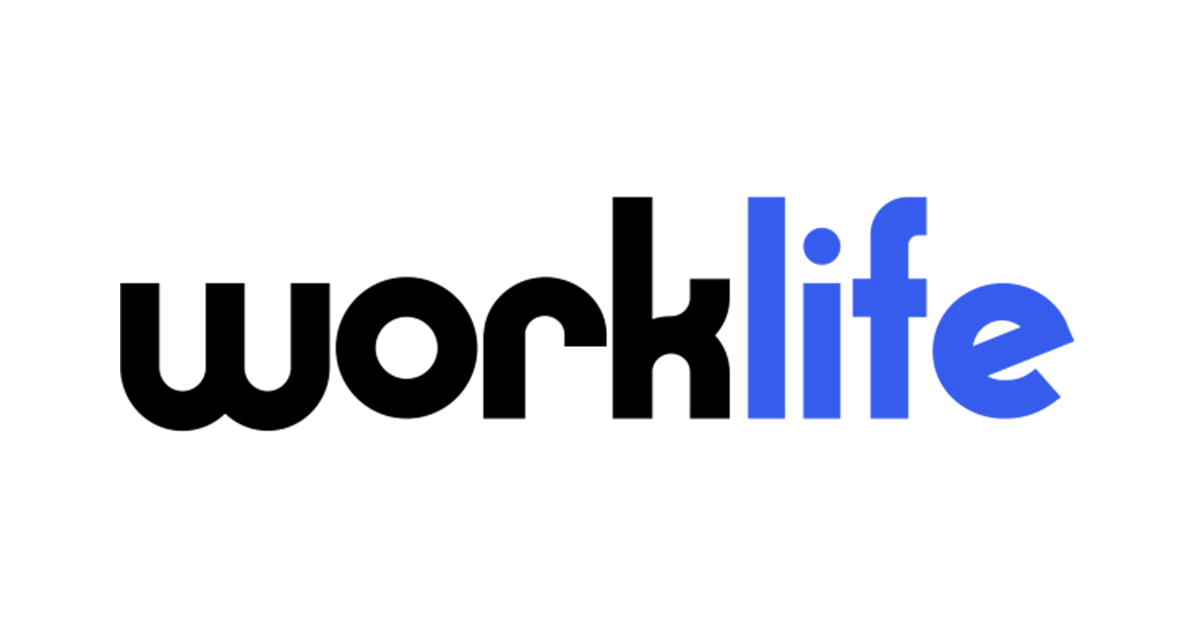HR Acuity® turns 10 years old this month, and we’re taking the opportunity to look back at 10 employee relations milestones from the past decade.
We choose to revisit the past.
It helps us learn and remember how we landed where we are, and it may even give us clues to the future.
We’ve seen a subtle shift. In more recent years, the focus of employee relations policies has very much been driven by the changing needs of employees, and organizations are working hard to create a better workplace. Some earlier milestones were tied to regulatory changes. It is probably not coincidental that the Gallup metrics on employee engagement began to highlight a disengaged American worker about halfway through the decade either, which underpinned a renewed emphasis on the needs of the employee.
As we look back over the last decade, here are 10 milestones that changed employee relations:
2006: The term “employee relations” comes into its own
Thought to have evolved from older references to “industrial relations” during the time of trade unions, the term employee relations started to be more widely used around 2006. According to a Chartered Institute of Personnel and Development (CIPD) Factsheet, industrial relations focused on the relationship between employers and employees collectively. In contrast, employee relations revolves around the relationship between the employer and the employee as an individual.
2007: Google paves the way with longer, paid parental leave
In 2007, Google extended the length of its paid maternity leave from 12 to 18 weeks. The result? The rate at which new mothers left the company decreased by 50%. Today, it is no longer uncommon for organizations to offer 15 or even 20 weeks of paid parental leave. Companies are reporting higher employee retention due to more generous parental leave policies, and Facebook is even throwing in a baby stipend to help with some of the costs of a new baby. Generous parental leave policies are an example of how companies are striving to help employees maintain work-life balance.

Photo credit: By Timothy Vollmer CC BY 2.0, via Wikimedia Commons
2008: Proposition 8 makes same-sex marriage illegal in California
On November 8, 2008, 52% of California voters approved Proposition 8 banning same-sex marriage in the state of California and adding a new amendment to the California Constitution. The approval of Proposition 8 led to protests across the country and set the stage for a national debate on same-sex marriage. It was eventually nullified in 2010 by a federal judge.
For employers, the passage of Proposition 8 meant that same-sex couples would remain covered by the domestic partner law and not necessarily have the same employment benefits as married couples.
2009: The Affordable Care Act passes its first legislative hurdle
Known as The Patient Protection and Affordable Care Act (ACA), the landmark healthcare law passed the US Senate in December of 2009, the first step on its legislative journey. It was eventually signed into law by President Obama in March 2010. A key provision was the Employer Mandate which necessitated “…all businesses with 50 or more full-time equivalent employees (FTE) provide health insurance to at least 95% of their full-time employees and dependents up to age 26, or pay a fee by 2016.” With healthcare the most coveted benefit by American workers, the passage of the ACA made healthcare a key employee relations issue for organizations across the country.
2010: Medical marijuana gains more widespread acceptance
In 2010, an ABC News/Washington Post poll found that 81% of Americans were in favor of medical cannabis. By 2010, fourteen states plus the District of Columbia had legalized medical marijuana. Just six years later, Bernie Sanders, a 2016 presidential contender, is openly pushing for the removal of marijuana from the government’s Controlled Substance list. In spite of public sentiment, employee relations practitioners are watching closely with organizations currently in no man’s land, stuck between federal laws and more liberal state regulations.

2011: Social media highlighted in labor relations report
The National Labor Relations Board (NLRB) issues its first of two reports on social media after investigating dozens of cases involving employee use of personal social media accounts. The 2011 report determined that in some cases, employee group discussions on social media can be a “protected concerted activity.” The guidance also noted that organizations can have social media usage policies that are unlawfully broad. These issues were just the tip of the social media iceberg, and inappropriate use of social media remains one of the leading employee relations issues today.
2012: Agile Model of HR emerges
Josh Bersin of Bersin by Deloitte outlines an Agile Model of HR, a new human resources paradigm wherein HR professionals no longer simply execute rules, but rather create programs and structures that propel organizational agility. He describes highly connected virtual teams, the rising role of big data, the importance of meeting customer needs rapidly and new models of management. Transparency, systems of engagement and coaching are just a few of the buzzwords used to describe the new HR standard.
2013: Employee engagement metrics point to a disconnected global workforce
In 2013 a Gallup poll, State of the American Workplace, found that 70% of workers were either not engaged or actively disengaged. The report highlighted the continuing stagnation of employee engagement in the workplace relative to the 2010-2012 and 2008-2010 periods. Not surprisingly, widespread employee disengagement remains an important strategic topic and C-suite priority for many organizations–a plus for employees everywhere.
2014: EEOC gets tough on pregnancy discrimination
The U.S. Equal Employment Opportunity Commission (EEOC) issued its first comprehensive guidance update on pregnant workers since 1983. It tackled pregnancy-related impairments under the Americans with Disabilities Act (ADA) and wide-ranging issues like parental leave, lactation as a covered medical condition and appropriate circumstances for light work. This guidance changed the employee relations landscape by drawing in the broader use of the ADA for accommodations.

2015: Same-sex marriage is legalized
In Obergefell v. Hodges, the US Supreme Court held that same-sex couples had a fundamental right to marriage under the 14th Amendment. In less than a decade, the US had come full circle on same-sex marriage starting with Proposition 8 in California in 2008 and ending with the landmark Supreme Court case in 2015. The Court decision has prompted organizations to realign benefit policies for same-sex couples to mirror those of married couples.
2016: “Freelancing is the new normal.”
Born anywhere from the mid-1990s to the turn of the century, Gen Z has arrived in the workplace and ushered in the era of the freelancer. An Upwork report, Freelancing in America, boldly proclaims, “Freelancing is the new normal.” Tech savvy and independent, a recent study found that 55% of Gen Z-ers polled are interested in starting their own business. This entrepreneurial bent will drive more fluid, flexible employee relations and potentially re-enforce the ACA as an employee healthcare option.
10 years, 10 milestones that changed employee relations, and yet interestingly, nothing has moved the employee engagement needle in a meaningful way. It’s a challenge that will continue into the next decade and no doubt shape employee relations best practices. At HR Acuity®, we can’t wait to be a part of it.




